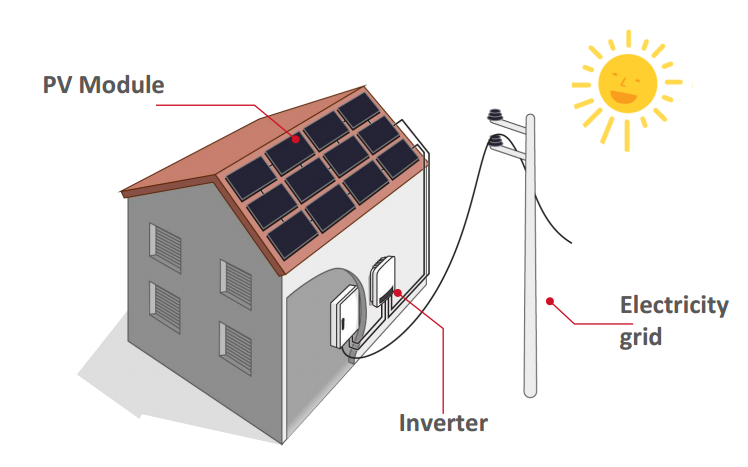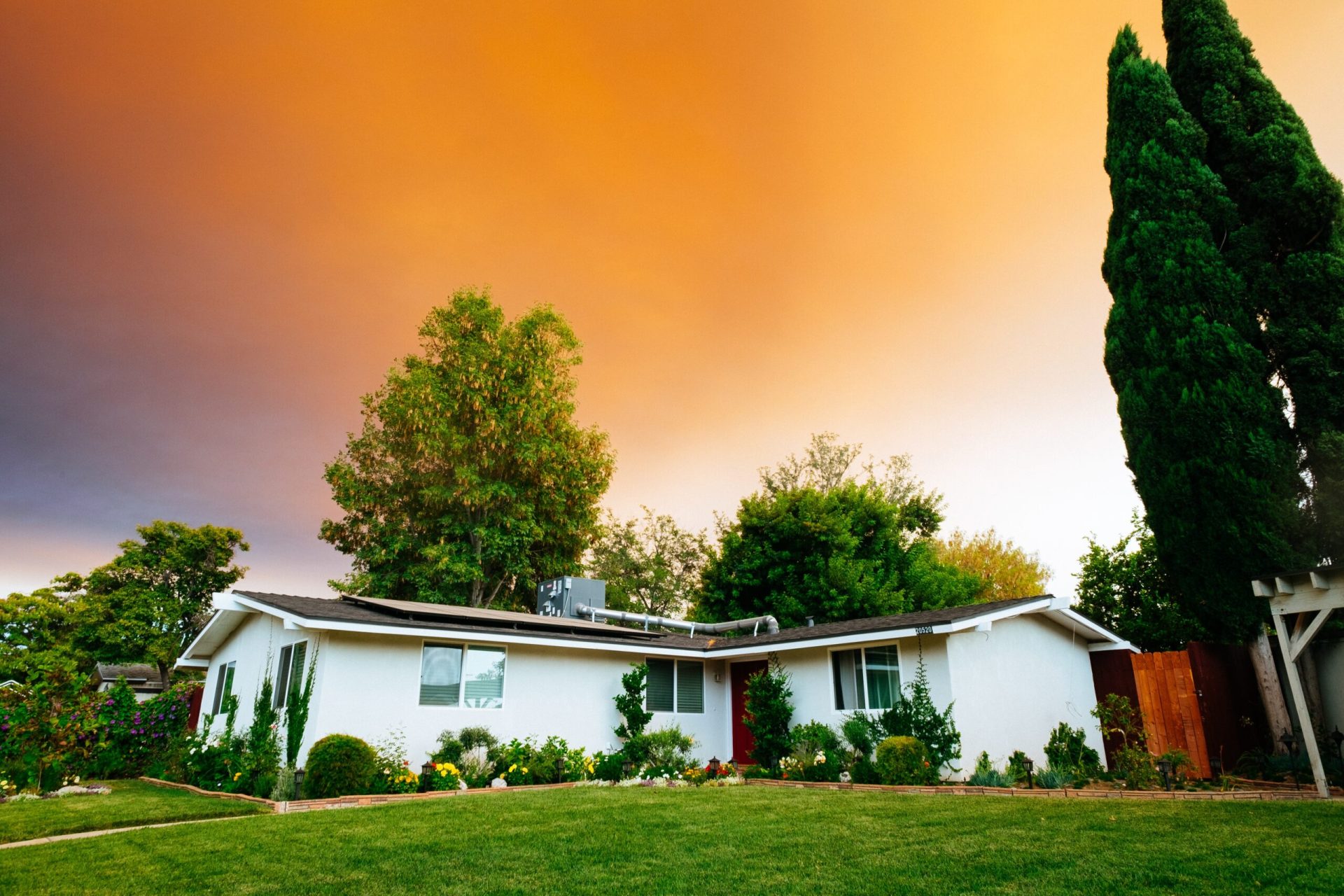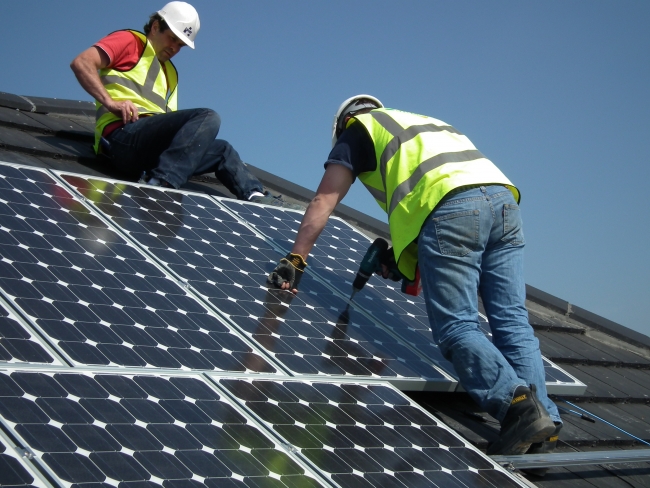New Optimised Inverters. 25% More Efficient? Fact or Fiction?

Answer the questions below to start your quote
New Optimised Inverters. 25% More Efficient? Fact or Fiction?
We are becoming increasingly aware of customers being contacted about Solar PV upgrades claiming to increase the efficiency of your system by up to 25%. There are also reports of companies saying that if your inverter is out of warranty it is a fire risk and needs replacing. Although this is complete nonsense (would you throw away your TV once out of warranty as it may be a fire risk??), does the claim of higher efficiency have any substance?
Inverters have come on a long way over the years and the newer ones can be very sophisticated. Most Solar PV systems are fitted with what is known as a string inverter. This means that the panels are connected together in a line and wired back to the inverter. In the majority of cases, these will operate absolutely fine. However, if there is a problem with one panel, the whole string will be affected and operate to the least efficient panel.
An alternative to the string inverter is an optimised inverter. These inverters have a small box that fits onto the back of each panel, then the panels are wired back to an inverter. The inverter can then control and monitor each panel individually. This has certain advantages of being able to monitor each panel individually and spot any potential problems, but also means that if one panel is underperforming it won’t let this affect the others. Hence, if there is a problem the loss in output should be minimised.
Firstly though you need to understand how the Solar PV works. The output varies on the intensity of light hitting the panels. Therefore, if the panels have been installed facing South at 30º you would expect the highest output to be around midday in the Summer. There are a few other factors that can affect the output of the panels:
More Solar PV considerations:
Dirty Panels – If panels are dirty then it will reduce the light getting to the panels, thus reducing the output. Giving them a clean every now and again will fix this.
Malfunction – If a panel fails (which is very rare) then it will obviously stop working.
Degradation – All panels will degrade over time, most warranties guarantee panels to be at least 80% efficient after 25 years.
Manufacturing Tolerance – All panels have an output tolerance that can be as much as +/-5%. So a 250W panel could be anywhere between 237.5W to 262.5W. Generally the better the panel the better the tolerances. Most of the panels we have fitted over the past few years were all ‘plus’ tolerances i.e. all at least 250W and above.
Thermal Mismatch – Again less common in the higher quality panels. Each panel is made up of a number of cells. Each cell will perform differently meaning the panel will operate to the least efficient cell. Not much can be done about this. However, the better panels were all rated to their tolerances and therefore this should be less of a problem.
Damaged Panel – If a panel is damaged it should not have been fitted. However, you should have noticed a loss in performance from day 1 if this is the case.
Whilst all of the considerations are valid, if the system was designed and installed correctly then a yearly maintenance visit should be able to spot any problems and the system should work just fine with a standard inverter.
If an optimised inverter was used instead of a standard string inverter you may see a slight increase in output by maybe 1-2% but nowhere near the 25% claimed.
There are however other factors that can affect which type of inverter should be used. Again, if designed correctly this should have been pointed out when you bought your PV system.
East / West Split – If the panels are split onto different faces or angles of the roof. If there are just 2 positions this would again be fine on a standard inverter as most have 2 separate inputs treated independently. Otherwise, what will happen is the system would perform to the least efficient panel, therefore never getting the best out of the system.
Shading – Shading of one or all of your solar array can be the biggest problem in loss of efficiency. If the light is prevented from getting to a panel then the output can be greatly reduced.
On a traditional string inverter, the effect of shading is greater. If one panel is shaded it will reduce the output of the whole set of panels on that string as the whole string can only operate to the least efficient panel. However, if an optimised inverter is fitted then only the shaded panel(s) are affected, allowing the rest of the system to carry on operating as it should.
If a badly shaded system has been designed with a string inverter then this is where you could see the 25% higher yields by swapping to an optimised inverter.
So is it worth swapping out to a new optimised inverter?
If installing a system for the first time then the above should be taken into account as any good installer would. If any shading is present then the optimised inverters should definitely be used. There may also be a requirement if panel-level monitoring is needed. However, for a standard system with no shading, a standard string inverter will more often than not work perfectly.
With regards retrofitting our advice would be as follows:
- Firstly, if your inverter is still working, don’t do anything! Just because it’s out of warranty doesn’t mean it’s dangerous or doesn’t work.
- If your inverter has stopped working, was your system designed correctly in the first place? Are you getting out what you expected? If so, then swapping for another standard inverter will be fine.
- If your system has been underperforming and you have shading issues on your panels (could even be a tree that has now grown over the years and now starts shading the panels) then it may be worth considering an optimised system.
Please be aware though that retrofitting an optimised system can be more than 3 times the cost of replacing a standard inverter. When retrofitting an optimised system, every panel will need to be removed to attach the optimisers correctly, and scaffold will be required, etc. You need to weigh up if spending the extra money on the optimised system will give you the extra return to cover the upgrade.
Both standard and optimised inverters can now be bought with warranties extending up to 20 years.
Please contact us should you have any questions on this article or would like to discuss your installation requirements. We can carry out any inverter replacements required and would be happy to help.


